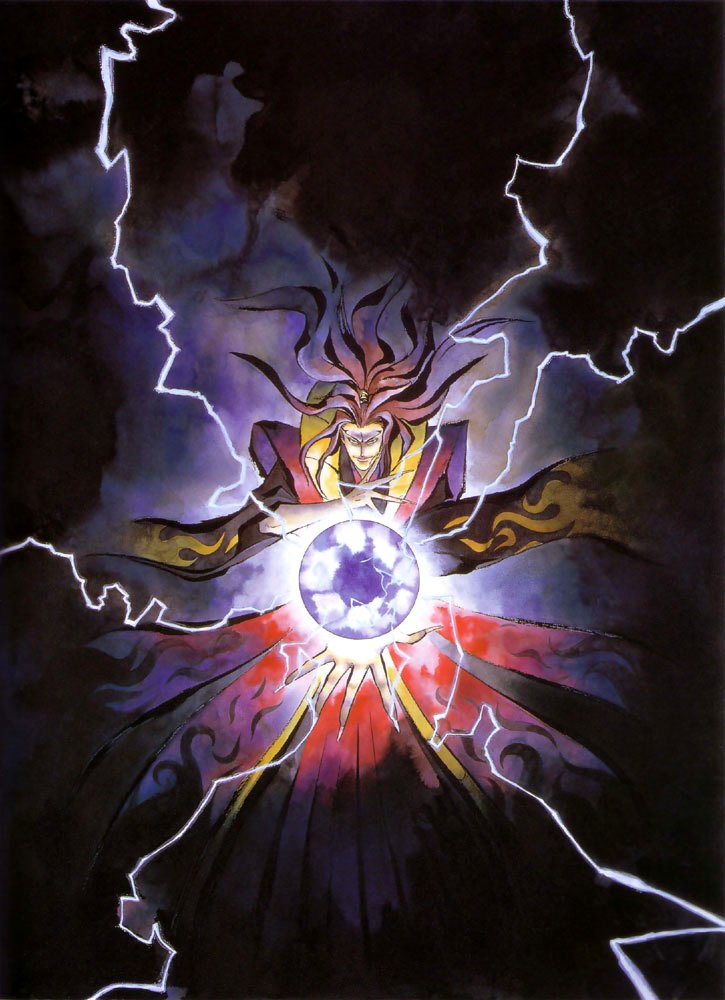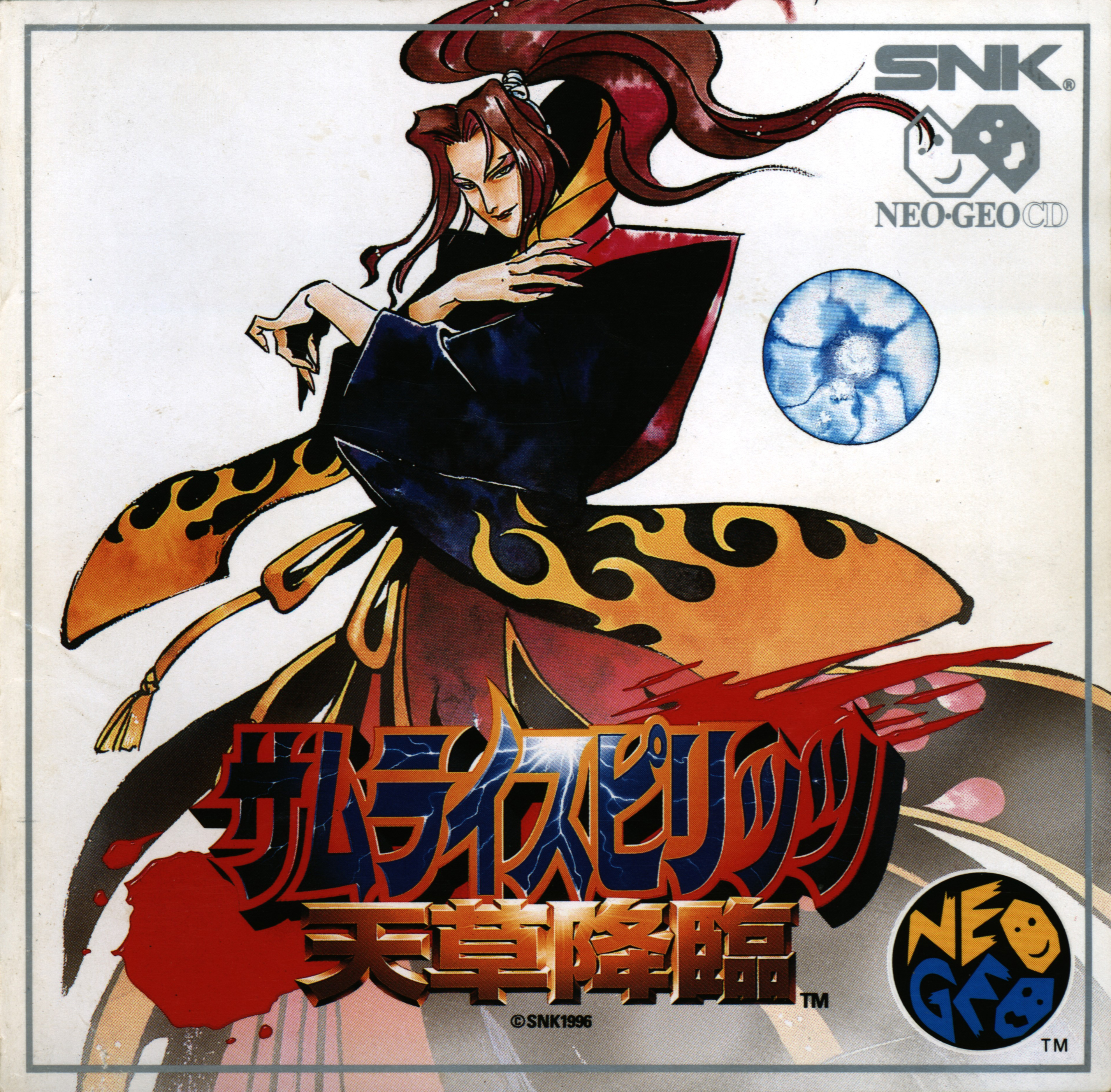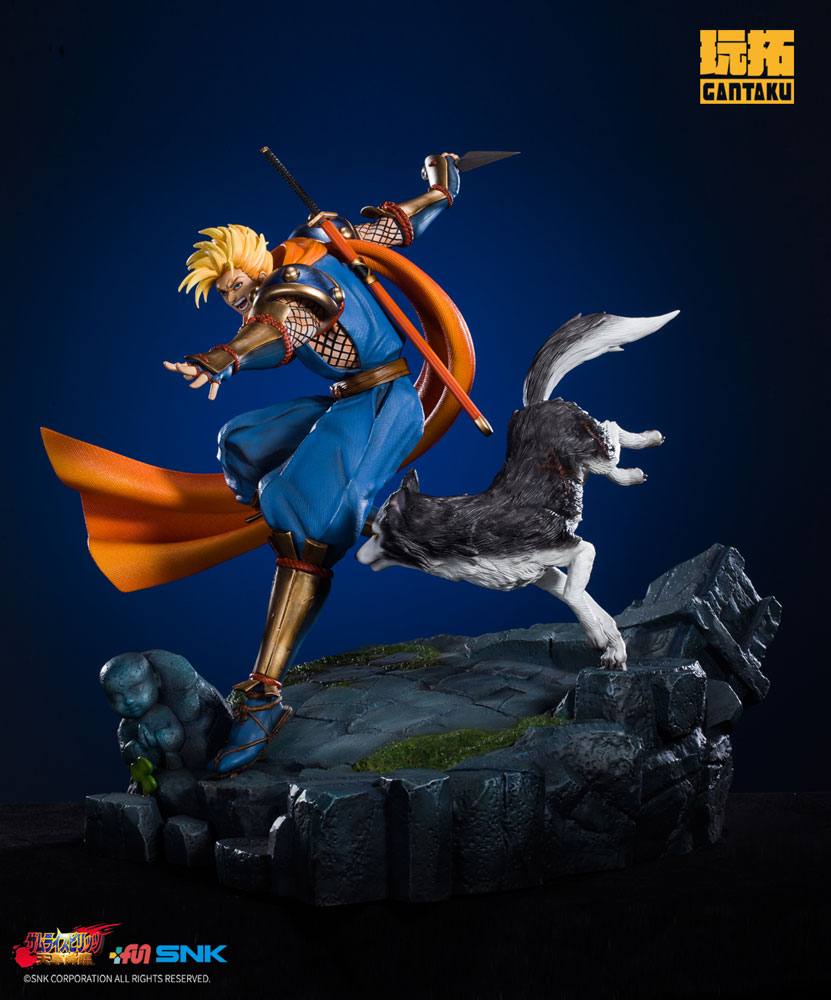
Many of his songs are named after "tuna" for some reason.Īh, this guy.

His body sprite is pretty much copied from Hanzo's (or vice versa). The dog kinda picks up the slack, though. Despite his use of electricity and disappearing jutsu, this guy is by far the most generic character. Like Nakoruru, Galford is an animal lover and has a pet dog named Poppy who assists in battle. She also has a dark alter ego named Rera.Īn American ninja with a zeal for justice, justice and more justice. Her fast, rushing attacks are a bit of an annoyance, but her low damage output keeps things fair.

Beyond the overarching conflict in each SS game, his storyline generally involves wandering throughout Japan seeking worthy opponents.Ī young Ainu woman from the northern mountains (Orientalist fallacies aside, the Ainu are sort of the Japanese equivalent to the American Indian) who loves nature, and calls upon the assistance of her pet hawk Mamahaha. Haohmaru is a free-spirited warrior with a love of sake (rice wine) and his own style of swordsmanship.

Based off historical samurai Miyamoto Musashi. The "Ryu" of the game and the all-around balanced character. These are the ones that seem to show up most often: Very few characters make appearances in more than 2-3 SNK titles. SamSho features a pretty hefty roster of characters overall, somewhere around 40 total. Most of the original four games were designed by a group within SNK called Team Galapagos. Moreover, there are also many side stories, drama CDs, arranged soundtracks (good ol' SNK) and several animated movies. Strangely enough, the main 2D sequels are numbered only in the Western releases, while they only have subtitles in the Japanese games.
Samurai shodown 4 victoly portable#
There are six main games in the series belonging to the fighting genre, one RPG interpretation, two original portable titles and three 3D installments. Although not nearly as over-the-top as Mortal Kombat, you'll cut enemies in half or deliver a fatal blow to their jugular if you defeat them with a strong attack. Compared to other Japanese fighting games, the action is also extremely bloody. These songs are geared towards creating a desolate and lethal mood, all in service of complementing the deadly gameplay. As an example, while there are several songs throughout the series that make use of electric guitars and the typical styles found in contemporary 2D fighters, the majority of the music makes use of traditional Japanese instruments like the shakuhachi along with subtle strings. Additionally, a judge character (dubbed "Kuroko" or "Slick" Sukihiro) watches over each fight, declares its beginning and ending, and signals successful strikes with his flags.Ītmosphere is a big part of the Samurai Shodown experience. In the certain installments, a delivery man named Hikyaku will randomly run by to toss extra items in the battlefield, such as food (good) and bombs (bad). Samurai Shodown also takes a note from Art of Fighting and zooms out when the characters get farther away from each other, allowing for a dynamic view of the duel. This added layer of depth is where the real intensity of the classic Samurai Shodown games come from and is one of the major reasons it became so popular immediately upon its release. While these mindgames are a usable in any fighting game, the Samurai Shodown series was the first to reward it with the inherent nature of its fighting engine. The end result is that the older Samurai Shodown games are all about tricking your opponent into going for a big hit and then countering. The drawback to this power is that the characters have a much longer recovery period after most powerful moves.

The difference here is that the control response is lightning fast, with a single well timed button press can take off more than half an opponent's energy. At a glance, the fighters' movements and attacks appear to be much more slower than most fighting games. The Samurai Shodown franchise is infamous for its tense pacing. Instead of fighting barehanded, the combatants duel with Japanese katanas, European rapiers, pole arms, and scimitars. Samurai Shodown's main draw was that it deviated from the norm by arming all of its characters. The first entry into the series was released in 1993 for SNK's then-new MVS system. The game wowed both fighting game enthusiasts and general gamers alike with its uniquely implemented weapon based combat, colorful graphics and sound, and incredible atmosphere. When Samurai Shodown first appeared in arcades in 1993, it was a breath of fresh air in a genre already becoming known for rehashes and knockoffs.


 0 kommentar(er)
0 kommentar(er)
